What is an LED pendant light
An LED pendant light is a suspended ceiling fixture that uses either retrofit LED lamps or integrated LED light engines to illuminate a space or a defined area. The hanging light is somewhat similar to a chandelier with regard to fixture installation. However, pendant lights are far more versatile than chandeliers. They can be extremely utilitarian in function and plain in design. A pendant light could be as simple as a naked bulb suspended from the ceiling by a cord. Pendant lighting can also make a decorative scenesetter or double as an eye-catching artwork. But unlike a chandelier that typically requires a high ceiling and large area to ensure they don’t overwhelm the space, pendant lighting provides more flexibility in visual scaling.
A family of light fixtures that lends itself to every style and location
Interior lighting for residential, hospitality and commercial spaces is frequently composed in layers. A layered lighting scheme typically consists a mix of ambient, accent, and task layers. In a thoughtful lighting layout, ambient lighting is the base layer that provides a room with overall illumination and creates an atmosphere within the space. The task and accent layers of lighting are built upon the ambient layer. They provide concentrated beams of light to illuminate areas where tasks take places or to accentuate focal points, adding drama and creating visual interest. While serving simultaneously as the base layer of lighting, LED pendant lights can stand out as artistic centerpieces that make an attractive visual statement even when not illuminated. LED pendant lights are intended to provide ambient lighting but may also provide task lighting over kitchen islands, dining tables, bedside tables, living room seating areas, office tables, or even bathroom sinks.
Design style
Pendant lights are a broad category of products that come in all sorts of styles, colors and shapes. Nothing is more satisfying than finding LED pendant lights that completely tie in the theme and style with the interior decor, whether it’s traditional, industrial, rustic, Mediterranean, farmhouse, transitional, modern or contemporary. Creativity abounds with pendant lighting. A pendant light can form the central focal point of a room or brighten a lost corner while freeing up the space occupied by table lamps or floor lamps. Pendant light fixtures can be hung in clusters or in rows to provide endless customization for creating stunning visual effects or optimizing light distribution.
Generally speaking, pendants do not comes with intricate lights and delicate details that are characteristic of chandeliers. Pendants of conventional designs feature a casing in various forms, such as a bowl, lantern, globe, shade, drum, or cage. The transition from traditional lighting technologies to LED lighting opens up a whole new universe of design possibilities.
Lamp-based LED pendant lights
As noted above, LED pendant lights can be divided into lamp-based systems and integrated systems. Lamp-based LED pendant lights incorporate retrofit LED lamps as the light source. The light fixtures serve essentially as lamp holders and oftentimes function to modify the appearance and light distribution of light sources. Retrofit LED lamps are all too often compromised in efficiency, light quality and reliability due to cost and engineering limits. However, they’ll remain indispensable for years ahead because all conventional fixtures are constructed around light bulbs. Exposed incandescent lamps constitute the fundamental aesthetic component of pendant fixtures that have an open frame design or use clear glass shades. These light sources have been retrofitted by LED filament lamps which emulate the vintage look and intimate ambiance of traditional tungsten filament light bulbs. Lamp-based LED systems which do not incorporate exposed lamps as decorative elements will get knocked out of new installation projects. The operational characteristics of LEDs necessitate integrated engineering of LED lighting systems.
Integrated LED pendant lights
An integrated LED pendant light is a lighting system that fuse thermal, electrical and optical engineering into the fixture design. The light fixture itself can be considered a light engine that is designed to provide the most optimal operating environment for the incorporated LED packages. System-level engineering allows to build a robust thermal path that ensures excellent lumen maintenance and color stability of the LEDs. LED luminaires are complex systems capable of reaching high performance if each of their main components, especially the LED driver, is properly designed to address the system needs.
The most crucial system characteristics such as flickering, dimming performance, circuit efficiency, power factor, harmonic distortions, and lifespan almost exclusively depend on the LED driver’s configuration and electrical performances. It’s a common practice in the industry to use cheap, bare-bones drivers in retrofit LED lamps, which can often lead to premature lamp failures as well as flickering due to the incomplete suppression of the alternating waveform after rectification.
With integrated engineering, more powerful drive circuits can be used to operate the LEDs for high efficiency, higher reliability and flicker-free lighting. In a similar fashion, fixture designers of integrated systems could incorporate higher color quality light sources into their products. In contrast, retrofit LED lamps typically use cheap, low color rendering LEDs that are deficient in wavelengths for rendering saturated colors.
Maximize value of LED lighting
The semiconductor nature of LEDs allows more controls to be built into pendant lights. The ability of a lighting system to respond dynamically to changing conditions and demands has become an essential demand in interior lighting applications as smart lighting takes off. The integrated approach to system engineering affords luminaire designers the chance to embed sophisticated controls circuitry and sensor technology into lighting systems. This unlocks a full suite of smart lighting features such as advanced dimming control, human centric lighting (HCL), atmospheric lighting, interaction with a smartphone via apps, smart home integration, and cloud-based task automation. Among these features, human centric lighting is projected to gain widespread popularity as it supports well-being, performance and health of humans through tunable white lighting.
Integrated design of LED systems drives the aesthetic composition of light fixtures to a whole new level of diversity. The directionality, small size and high light output of LED sources as well as the wide variety of available secondary optics enable unprecedented freedom in creating original designs and novel form factors. Modern and contemporary LED pendant lights thrive on the unique properties of LEDs and take on a vast selection of designs that blend art, sculpture, and light.

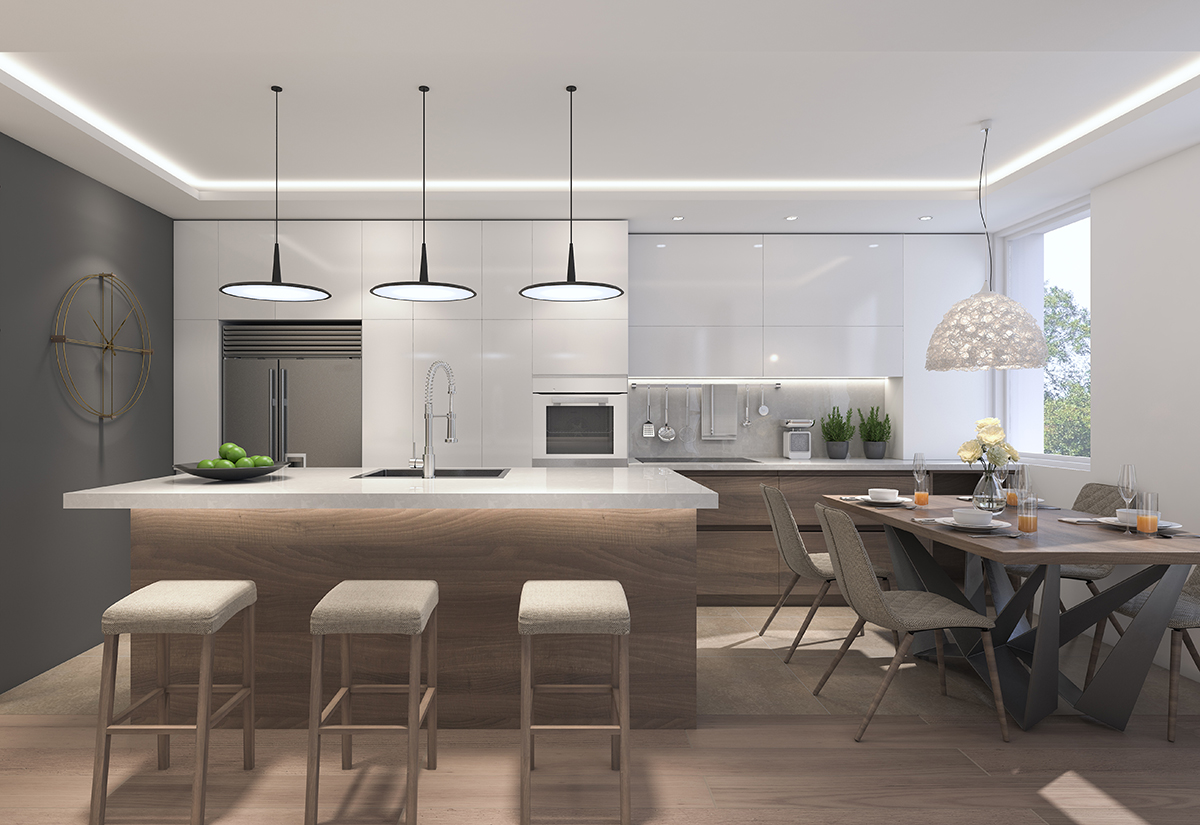
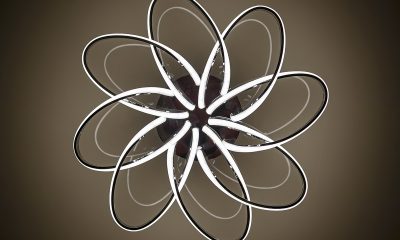
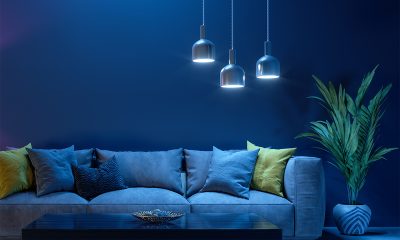
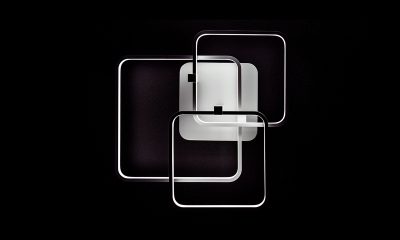
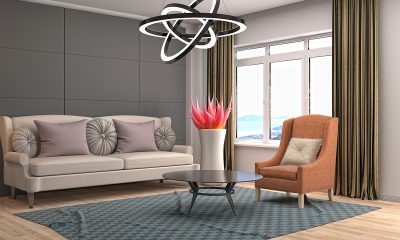
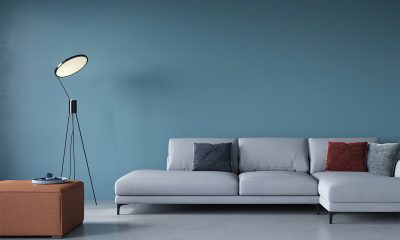
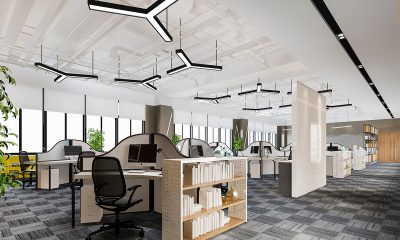
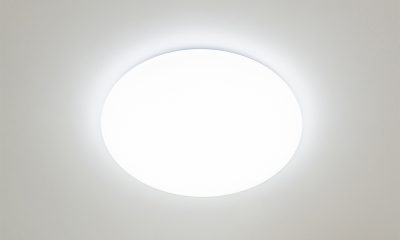
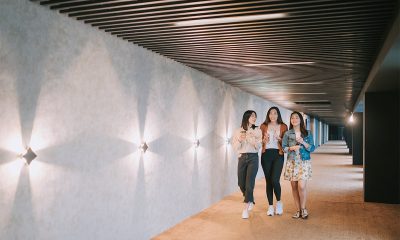
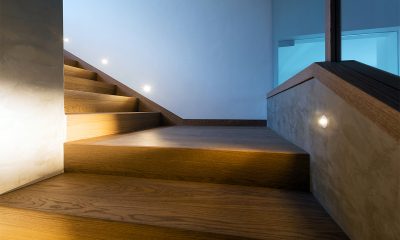
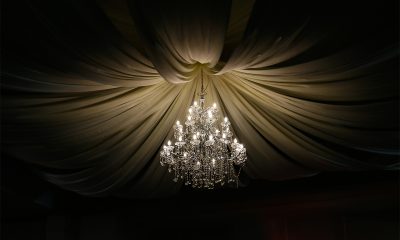
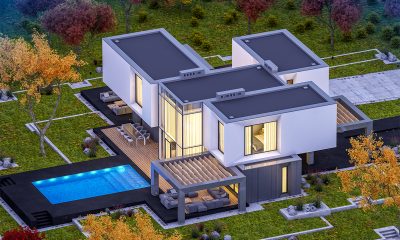
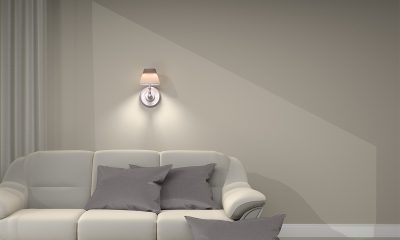





Loading...